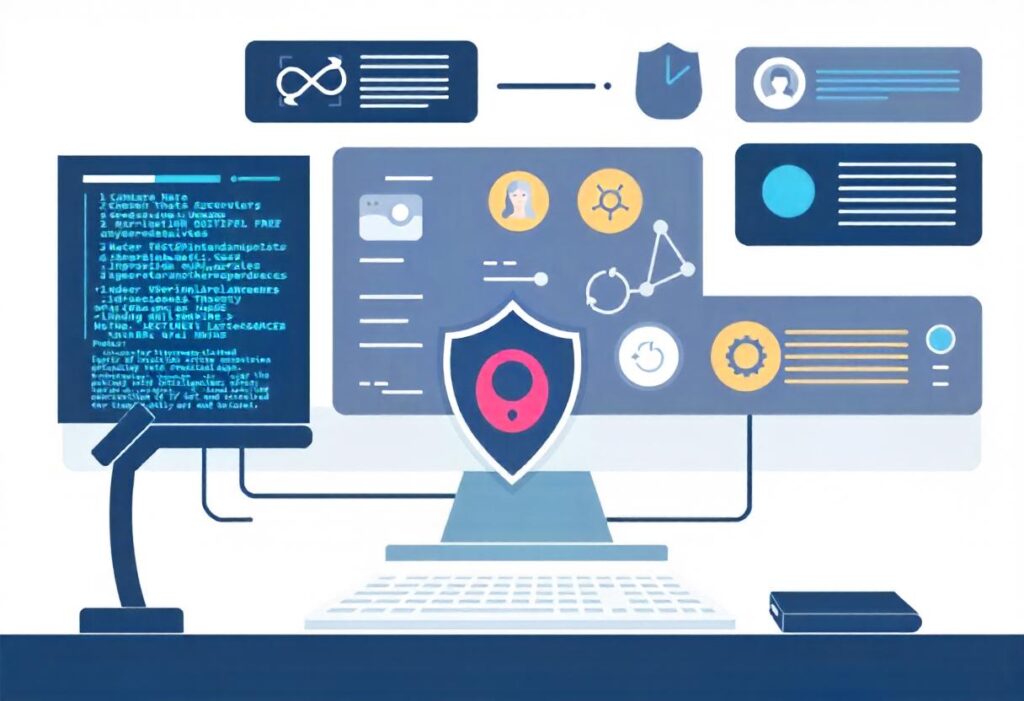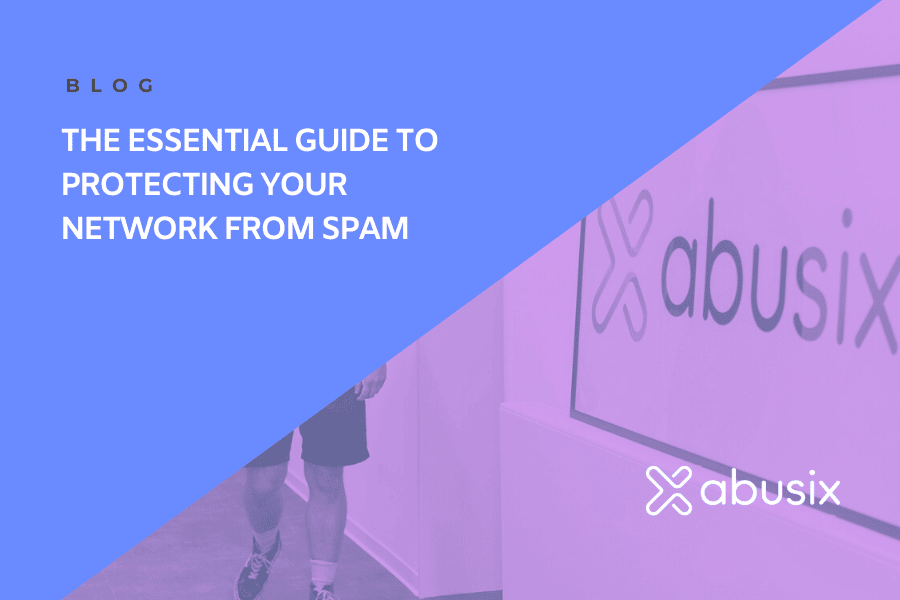Cyber threats aren’t going away—they’re evolving, growing more sophisticated and, frankly, more relentless. As a Chief Information Security Officer (CISO), it’s your job to anticipate the unexpected and shield your organization against these looming risks. But let’s face it: playing defense isn’t enough anymore. You need an edge. That’s where a carefully crafted threat intelligence strategy becomes your most valuable tool.
What makes a threat intelligence strategy effective? It’s not just about collecting data; it’s about translating that data into meaningful actions. Let’s walk through the building blocks of a threat intelligence framework that not only works but truly matters.
Why Threat Intelligence is More Than Data Collection
Here’s the thing: threat intelligence isn’t just a fancy way of saying “monitoring.” It’s about connecting the dots—between suspicious activity, bad actors, and your vulnerabilities. It’s the difference between knowing someone’s knocking at your network’s door and understanding their intentions.
Threat intelligence provides the context needed to make informed decisions. Without context, you’re stuck in a cycle of reacting to alerts instead of preventing threats. And let’s be honest, no one wants to live in a world of constant firefighting.
For tools that provide actionable threat intelligence, consider platforms like Abusix Guardian Intel, designed to deliver real-time insights for proactive security measures.
The Cornerstones of a Strong Threat Intelligence Strategy
Before jumping into tactics, let’s outline the fundamentals. Building an effective strategy is like constructing a house—you need a solid foundation. Here are the key pillars:
- Visibility: Know what’s happening across your network, endpoints, and cloud environments. Blind spots are a hacker’s playground.
- Context: Understand why a threat matters. A flagged IP isn’t helpful unless you know its origin, intent, and relevance to your organization.
- Integration: Your strategy shouldn’t exist in isolation. Threat intelligence should feed into your broader security ecosystem—SIEMs, firewalls, and endpoint protection.
- Actionability: Intelligence without action is just noise. Your data needs to translate into decisions—block that IP, shut down access, or investigate further.
How to Make Threat Intelligence Actionable
Here’s where most strategies falter: they don’t bridge the gap between insight and action. A stack of reports won’t help unless someone can answer, “What should we do now?” Let’s explore how to make threat intelligence actionable.
1. Prioritize What Matters
Not every alert deserves your attention. Focus on high-priority threats—those that target your specific industry, systems, or data. Frameworks like the MITRE ATT&CK® matrix can help map threats to tactics and techniques, making prioritization easier.
For example, if ransomware is a significant concern (and let’s face it, it probably is), prioritize intelligence highlighting indicators of ransomware campaigns.
2. Collaborate Across Teams
Threat intelligence isn’t a siloed activity. Share findings with your SOC team, incident responders, and even executives when necessary. Collaboration ensures that intelligence leads to coordinated action.
Would you rather your SOC team discover an advanced persistent threat during a breach, or have your threat intel team flag it weeks earlier? The answer’s obvious.
3. Automate Where Possible
Automation isn’t about replacing human expertise; it’s about amplifying it. Use tools like Abusix Guardian Intel or platforms such as Recorded Future to automatically ingest, analyze, and correlate threat data. This streamlines the process, enabling your team to focus on strategic decisions.

Building an Intelligence Ecosystem
An effective strategy doesn’t operate in isolation. It’s part of a broader ecosystem. Let’s break this down.
Integrating Threat Intelligence with Existing Tools
Your SIEM (e.g., Splunk, QRadar) and EDR solutions (e.g., CrowdStrike, SentinelOne) should serve as the central hub for your intelligence feeds. Seamless integration ensures that insights are immediately visible to the teams that need them most.
External Collaboration and Data Sharing
The fight against cyber threats is a team sport. Engage with external threat-sharing communities like ISACs or platforms like AlienVault OTX to enrich your intelligence. Remember: today’s attack on a peer could be tomorrow’s attack on you.
Challenges in Threat Intelligence (And How to Overcome Them)
No strategy is without hurdles. Here are some common challenges CISOs face and how to address them.
Data Overload
Let’s be real—threat intelligence can feel like drinking from a firehose. Not every flagged IP or suspicious domain deserves your time. Solve this by using tools that offer threat scoring, helping you zero in on the most critical risks.
Lack of Context
Without context, intelligence is just data. Ensure your team has the tools and training to correlate indicators with broader patterns, such as attacker motives or trends in your industry.
Resource Constraints
Not every organization has a dedicated threat intel team. If resources are tight, consider managed security services (MSSPs) or outsourcing specific aspects of your intelligence operations. Explore MSSP services to understand how they can fill critical gaps.
Measuring the Success of Your Strategy
How do you know your threat intelligence strategy is working? Metrics. But don’t get bogged down in vanity numbers. Focus on KPIs that actually matter, such as:
- Mean Time to Detect (MTTD): How quickly are you identifying threats?
- Mean Time to Respond (MTTR): How efficiently are you mitigating them?
- Reduction in False Positives: Is your team spending less time chasing irrelevant alerts?
The Future of Threat Intelligence: What’s Next?
As technology evolves, so do the capabilities of threat intelligence. Artificial intelligence (AI) and machine learning are making it easier to predict threats, while increased global collaboration is improving the quality of shared intelligence.
The future isn’t just about detecting threats; it’s about anticipating them. Imagine a world where your systems can predict an attacker’s next move before they even make it. That’s the direction we’re heading.
Final Thoughts: Turning Intelligence Into Action
At its core, an effective threat intelligence strategy is about one thing: staying ahead of attackers. It’s not just about gathering data—it’s about turning that data into decisions that protect your organization.
CISOs are under immense pressure to safeguard their organizations against ever-evolving threats. But with the right strategy, the right tools, and the right mindset, you can build a defense system that doesn’t just react but prevents.
Want to learn more about actionable threat intelligence? Explore Abusix Guardian Intel, designed to keep organizations one step ahead of attackers.




